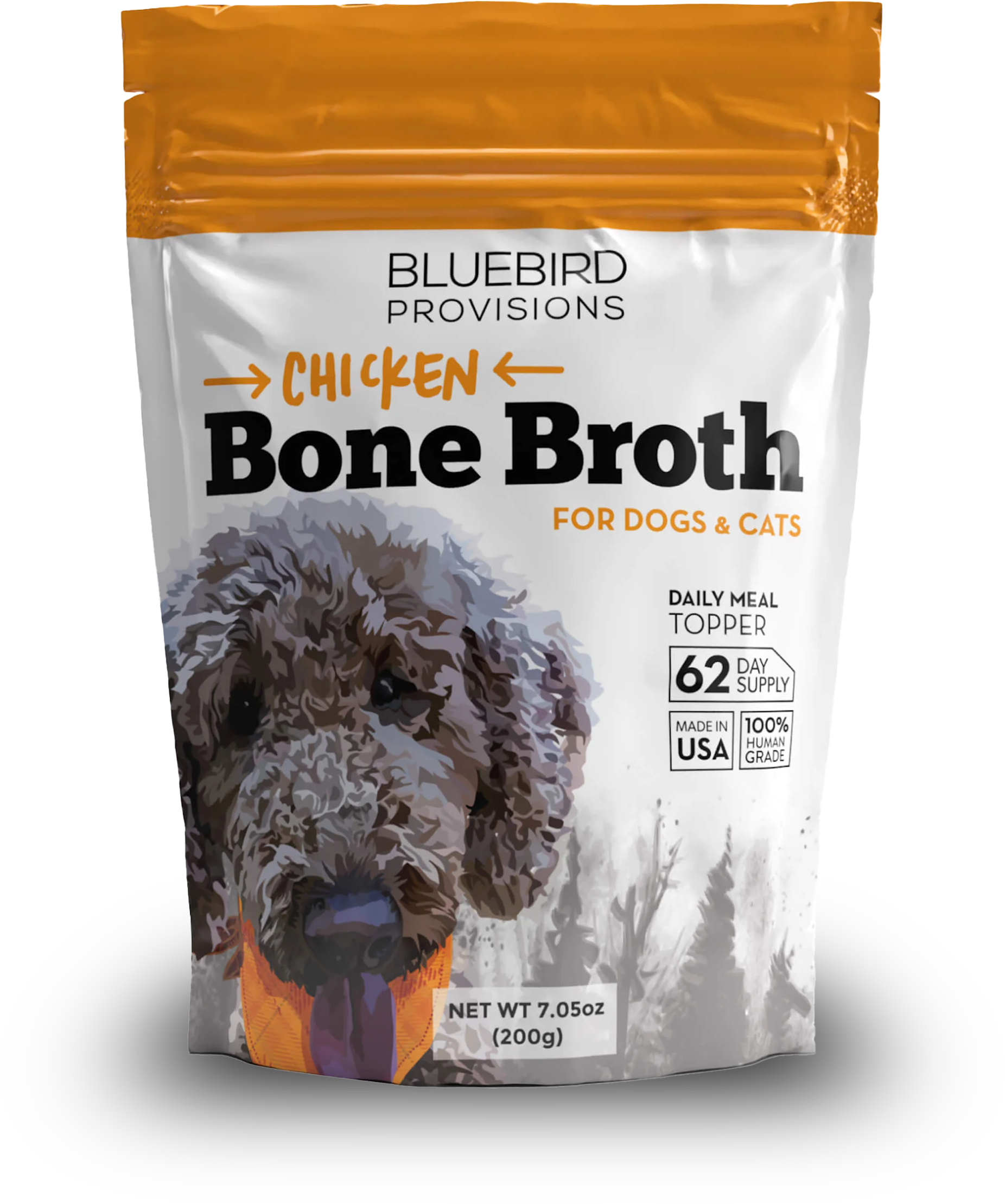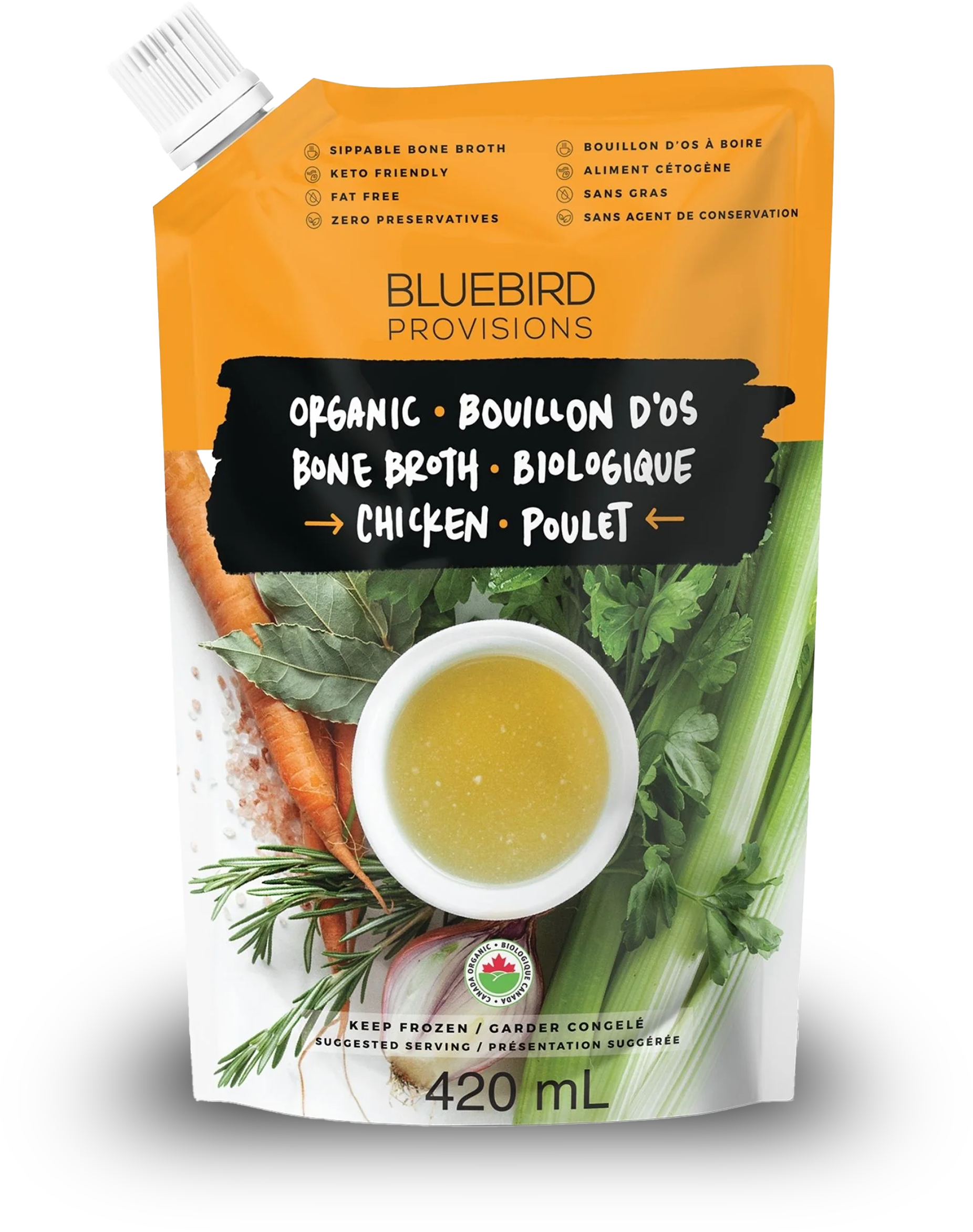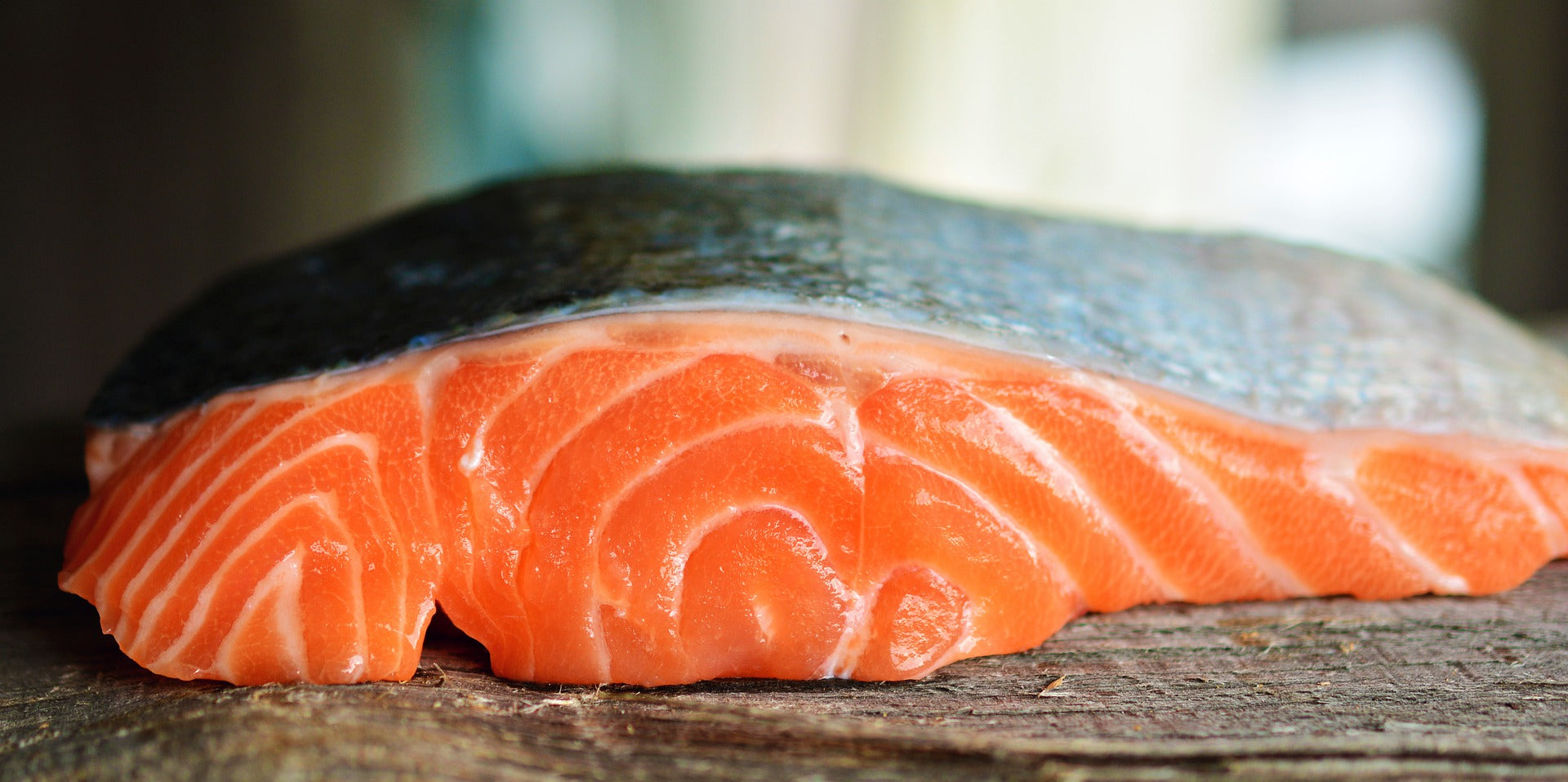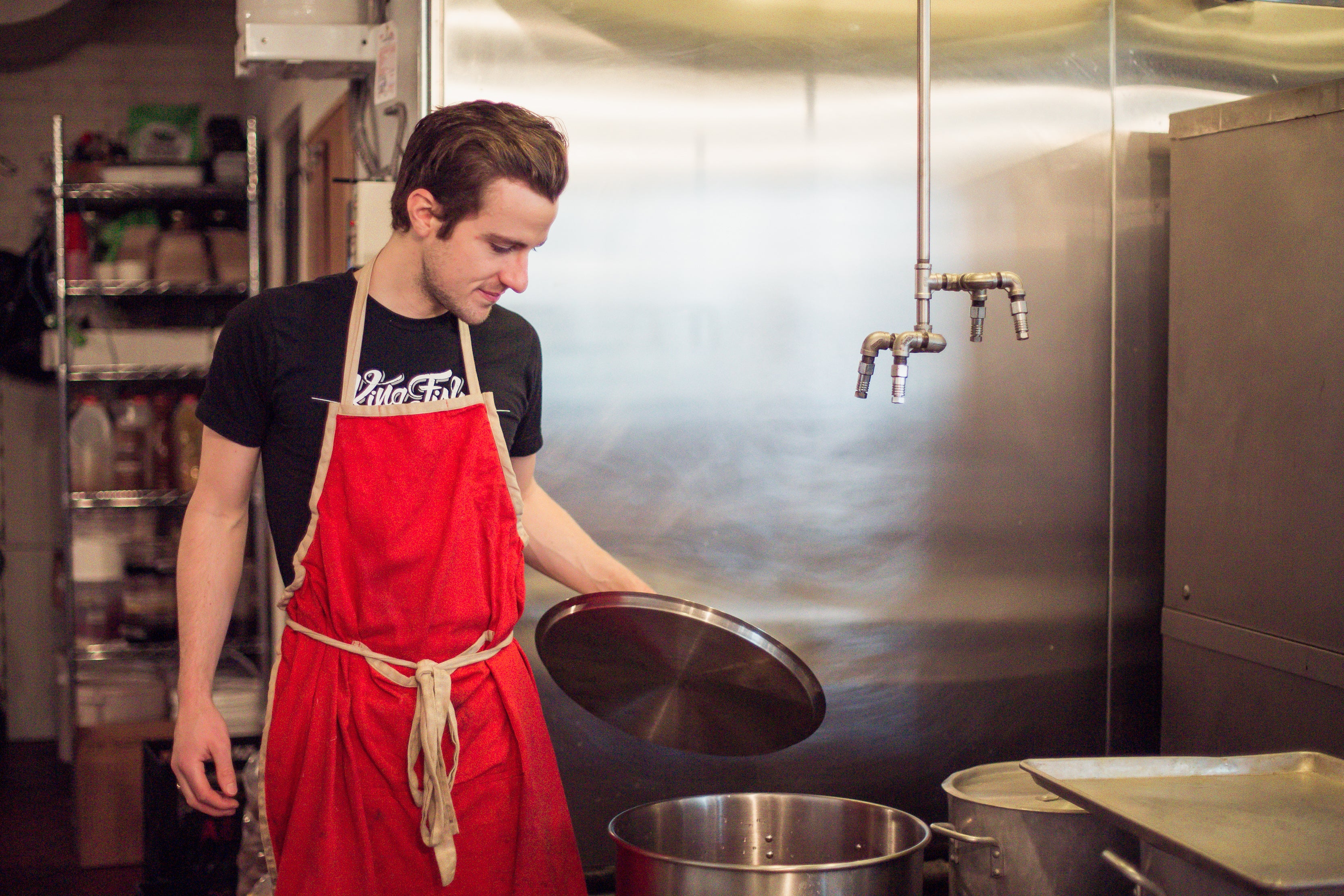
Easy Ways to Reduce Your Food Waste and Save the Planet
Food waste is a bigger issue than we realize.
Almost one-third of all food produced in the world is wasted. That works out to nearly 1.3 billion tons every year (1).
We all need to chip in to save the environment. You can start by looking at your personal consumption habits.
Here’s 4 benefits for reducing your personal food waste.
- Saves you money from buying less food.
- Conserves resources and energy from making, transporting and disposing of food.
- Lowers your carbon footprint by reducing methane emissions.
- Supports your community by donating surplus food.
The rest of this article, I'll share a few of my personal tips for reducing food waste.
Planning Tips to Reduce Food Waste
Your Grocery Store Visit

It’s best to plan out your trips to the store. Start by taking a quick inventory of what’s in your fridge, freezer and pantry.
From there you can think about what sorts of meals you’d like to eat for the next week or two.
Consider these two questions before you act: What do you usually eat and enjoy? How many times will you eat out this week?
Why? These questions ensure you don’t overbuy food.
As you plan, start making a list. Your list should be in order of what you’ll see in the store first and last. Be mindful of impulse purchases that are not on your list.
Be careful when buying in bulk. Especially if you have a busy week of social events or are travelling soon. This is where lots of food waste occurs.
Buy Ugly Fruits and Vegetables
Consider buying the non-perfect looking fruits and vegetables if your grocery store offers. They look sad but are certainly not rotten or nutritionally inferior.
Side note: we use exclusively ugly vegetables to make our organic bone broth,
The bonus is that they are discounted, so you feel great and save money. These fruits and vegetables are especially great food smoothies and soups for your friends and family. I assure you that no one will notice the difference!
Another tip is to store any peeled or cut veggies in the fridge (like onions). This preserves freshness.
What You Don’t Know About Food Dating, Best Before Dates, etc
Confusion over date labeling is responsible for an estimated 20 percent of consumer food waste.
Many people are misled about the goal and meaning of date labels on foods.
Best before dates are not a rigid timeline.
There is no universally accepted dating system for packaged foods in Canada. There is a wide variety of phrases used for product dating.
‘Best before’ or ‘Best if used by’ are generally accepted dating phrases on packaged foods. However, food past this date are usually not spoiled or rotten.
This is because food manufacturers apply these date labels at their own discretion. It is voluntary in most cases.
For example, our bone broth has a one year shelf life. We use the verbiage: “keep frozen for up to 12 months.” I know our bone broth is good for 18-24 months, however we use 12 months to be absolutely certain it is safe.
If a food is past the ‘best before’ date, it doesn't mean you need to dump it. And it certainly doesn’t indicate expiry. In this case, it’s best to examine the food for changes in colour, smell, consistency and texture.
If you have any questions after looking at the product then contact the company directly and ask for their advice. Many companies have phone numbers on their packaging.
The exception to best before dates is infant formula, baby food and nutritional supplements. These foods are required by law to have a stated quality-based date label that you should pay attention to.
Storage Tips to Reduce Food Waste
Clear Containers are Your Friend

Things tend to hide in your fridge. We make food then often forget about the leftovers. This causes a ton of food waste!
Ensure any prepared foods or leftovers are stored in clear containers so you can see what is in them.
From there you want to label (name and date) these items before placing them in the fridge or freezer. What doesn’t get labelled will be forgotten and ultimately wasted.
It is a good idea to create a dedicated space in your fridge for items that will go bad within a few days. This space should be eye level and easily accessible.
Check your fridge every couple of days to ensure you have not forgotten about any lurking leftovers. Finding a month old tupperware container in wedged in the back of your fridge is no fun.
Store fruits in vegetables in dedicated compartments. They spoil faster if together. Store bananas, apples and tomatoes by themselves. If not the natural gases they produce as they ripen will spoil nearby food.
Only wash berries right before you plan to eat them. If not they will grow mold very fast.
Freeze or Can
Step one: ensure your freezer is cold enough. The colder your freezer, the longer food naturally preserves when frozen.
Your freezer should be at least -18 degrees celsius. And your fridge should be 4 degrees celsius. Lot’s of fridges run a bit warmer.
Freeze or can any extra fruits and vegetables. They tend to freeze quite well. As with the fridge, make sure you use clear food containers and label / date what’s in them.
Preparation Tips to Reduce Food Waste
Take time after your store visit to chop or prepare any perishable items. This makes them easier to whip up snacks or meals before they go bad. This brings me to meal prep.
Meal Prep
One evening, set aside an hour to slice vegetables and cook a few staples ahead of time. This way you’re winning by eating well and reducing food waste. Momentum builds.
What do I do? I’ll roast two big baking sheets of vegetables from pre-cut bags from costco. Cook some pasta, rice, salmon or beef liver while that is roasting.
You can also prepare and freeze meals ahead of time to cut down on kitchen time.
For more on meal prepping, checkout my article: Eating on a Budget.
Make Soup or Bone Broth!

Save your vegetable trimmings and meat trimmings if you have it. You can make stock out of them.
Learn our secrets to making gelatinous bone broth.
Soup is also a great way to get creative with vegetables in your fridge that are about to go bad. Check our recipe page for inspiration on healthy soups.
I’ll keep vegetable trimmings in a clear bag in my freezer for later use. After a week or two worth of trimmings I’ll toss them into a pot with water to make a soup or vegetable broth.
Not a vegetable soup fan? I get it. You can also use these trimmings for a stir fry, casseroles and sauces.
At the very least you can save all your fruit and vegetable trimmings for compost. I place my compost bag in the freezer so it doesn’t stink up my apartment.
Get into Preserving Foods
Fermenting, pickling, canning and curing are all methods you can use to make food last longer, thus reducing waste.
Most preservation techniques are simple and fun. Think about pickling extra sliced vegetables or canning excess fruit to make applesauce.
Money Saving Tips to Reduce Food Waste
Always consult your fridge and freezer before the grocery store. Often times you find hidden gems.
Get creative with edible parts of food that are normally thrown out. My favourite example is making croutons or french toast out of stale bread. Who doesn’t love crunchy croutons?
If you’re eating meat, consider eating nose to tail. Eat your chicken skin and organ meats. This is by far the best way to save money and reduce waste.
Plan a creative “eat the leftovers” meal one night every week. This places constraints on you -- forcing you to get creative with your consumption.
Frittatas are great ways to use leftovers. As are casseroles, stir fry meals, soups and smoothies.
Here’s a couple of other not so common ways to upcycle wasted foods.
Coffee grounds can be used to fertilize your house plants or garden plants as they’re high in nitrogen and phosphorous.
Fruit, vegetable and herb scraps can be used to add some flavour and swagger to your water. Just add them to a jug and let them impart flavour.
What to do if You Have too Much Food?
Donate
If you have extra pantry items or pre-packaged foods, then consider donating to a local food drive. In Vancouver we have a great one called the Food Stash Foundation.
Compost

It would be great it we had a system where our wasted vegetables can be upcycled into soil to help new vegetables grow.
Oh wait we do! That’s exactly what composting does!
Food scraps and yard waste make up more than 28 percent of what we throw away. This is a shame because we can easily compost these things.
Composting keeps these scraps out of landfills where they take up space and release methane into the atmosphere.
Composting enriches soil and lessens our need for chemical fertilizers.
If you live in a building or community that collects compost,, then your job is incredibly easy. If not, it’s best to select a dry, shady spot near a water source outside.
A couple of surprising things that you can compost are: cotton and wool rags, dryer and vacuum cleaner lint and hair/fur.
There you have it! A few tips on how to reduce food waste in your home. Did I miss anything? Leave a comment below!
Photo credit: Ella Ollson















Leave a comment
This site is protected by hCaptcha and the hCaptcha Privacy Policy and Terms of Service apply.